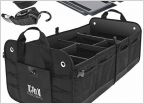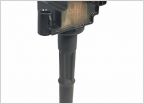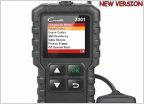-
Welcome to Tundras.com!
You are currently viewing as a guest! To get full-access, you need to register for a FREE account.
As a registered member, you’ll be able to:- Participate in all Tundra discussion topics
- Transfer over your build thread from a different forum to this one
- Communicate privately with other Tundra owners from around the world
- Post your own photos in our Members Gallery
- Access all special features of the site
100k Service
Discussion in '1st Gen Tundras (2000-2006)' started by ToyBoyt, Nov 6, 2022.


 Tailgate assist shocks or support?
Tailgate assist shocks or support? Inexpensive bed storage
Inexpensive bed storage Hesitating and Missing but computer says not misfiring
Hesitating and Missing but computer says not misfiring Best rear Dif fluid to use
Best rear Dif fluid to use 2003 Tundra LIMP MODE!!!!
2003 Tundra LIMP MODE!!!! 4.7 Leaking Head?
4.7 Leaking Head?












































































